Search
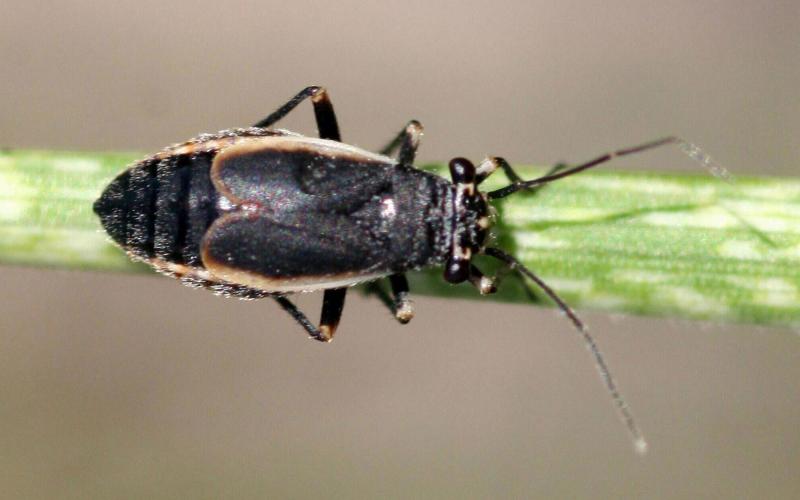
Black Grass Bug Activity Expected in Coming Weeks
Spring green-up is the time to be watching for black grass bug activity. Large populations of this early-season pest can cause severe damage to pasture (up to 90% forage reduction) and infest the edges of wheat fields.
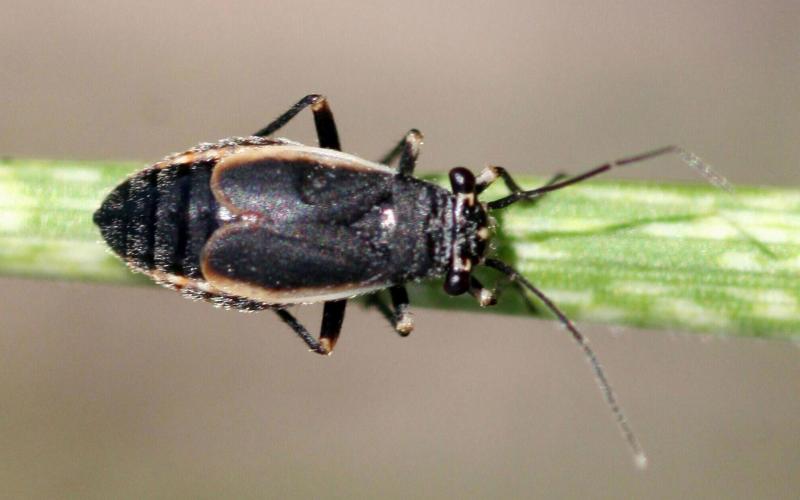
Be on the Lookout for Black Grass Bugs
It’s time to begin scouting pasture and wheat for the presence of black grass bugs. Last year, we saw the highest populations in areas of Central and Southwestern South Dakota. If left untreated, black grass bug populations tend to increase year after year.
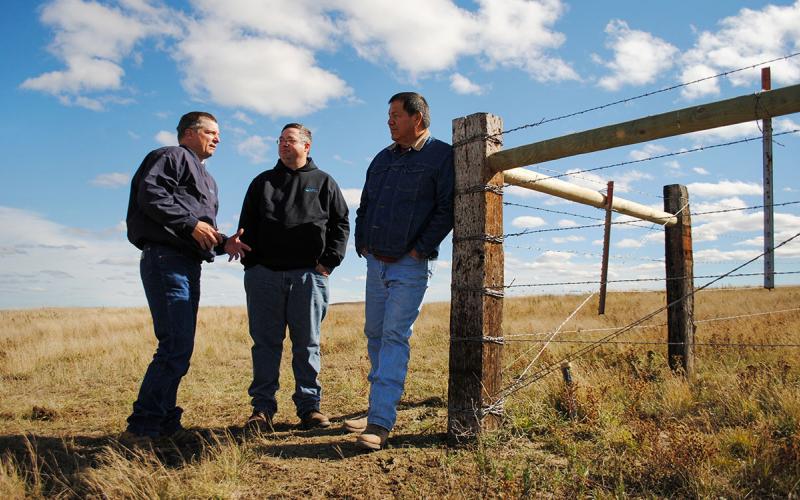
Fall Is the Time To Plan for Fire
Fall is the time to begin planning for spring prescribed fire. This article examines the three primary components to a successful burn: burn unit preparation, burn planning and burn implementation.
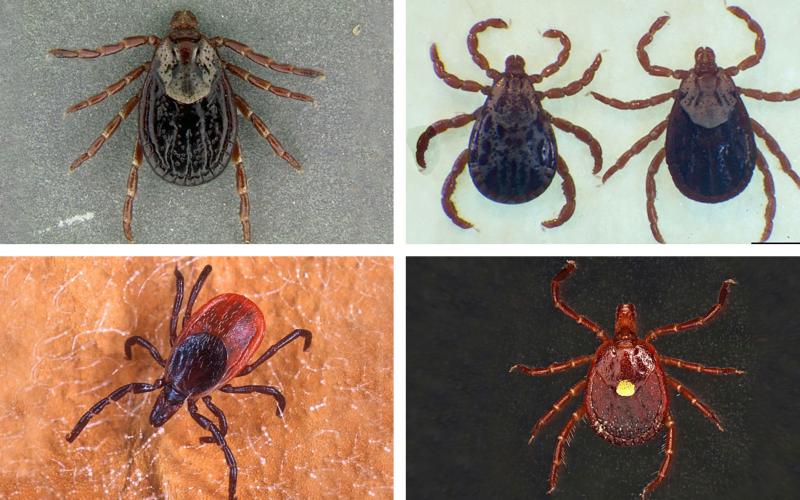
Be On the Lookout for Ticks
Ticks are one of the first pests to show up during spring. Learn some common ticks to watch out for in South Dakota, along with tips for preventing bites and removing ticks from your skin and clothing.
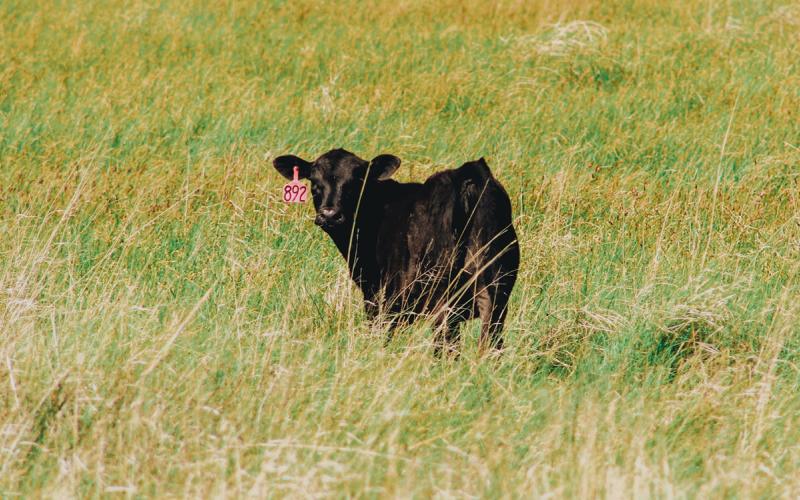
Monitoring Spring Precipitation and Range Conditions
Ideal grazing management balances the acts of grazing and recovery. Monitoring precipitation, soil moisture, and forage production can help producers make informed decisions for their herds and pastures.
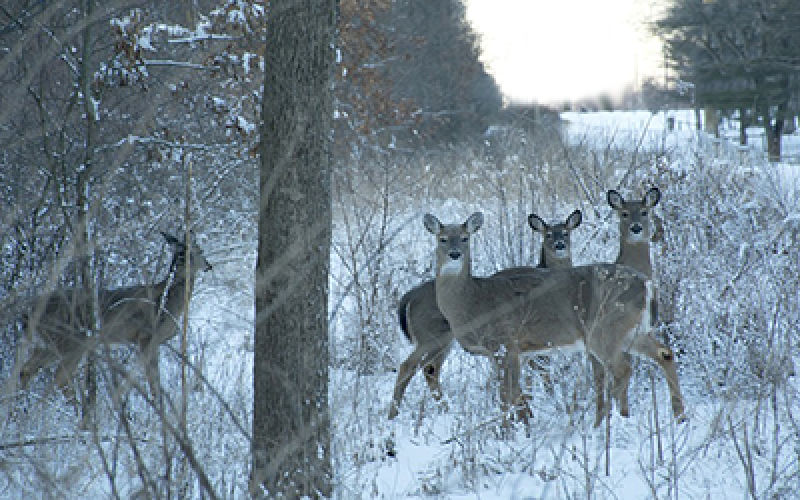
Give the Gift of Conservation This Christmas
The SDSU Natural Resources Management Department and SDSU Extension would like to wish all our readers a Merry Christmas and remind everyone that if you are shopping for a late holiday gift, consider giving the gift of conservation to yourself or someone else.
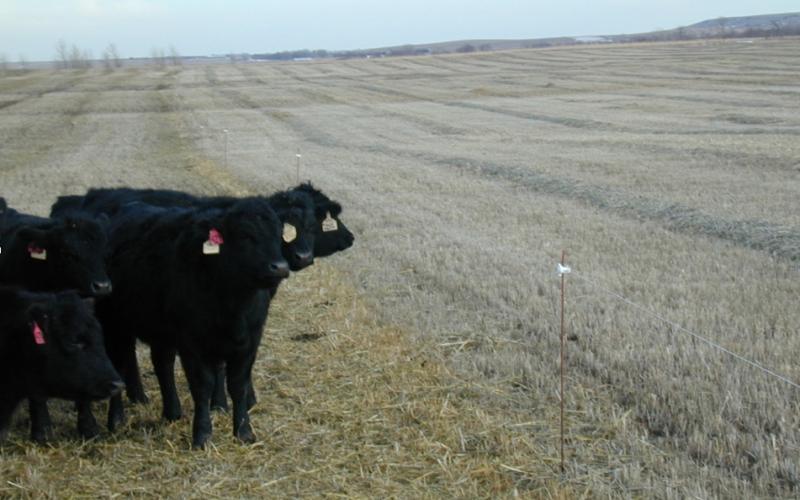
Swath Grazing: Extending the Grazing Season
One proposed way to cut fall/winter feeding costs is to extend the grazing season and allow the livestock to harvest the resource instead of relying on mechanical harvest.
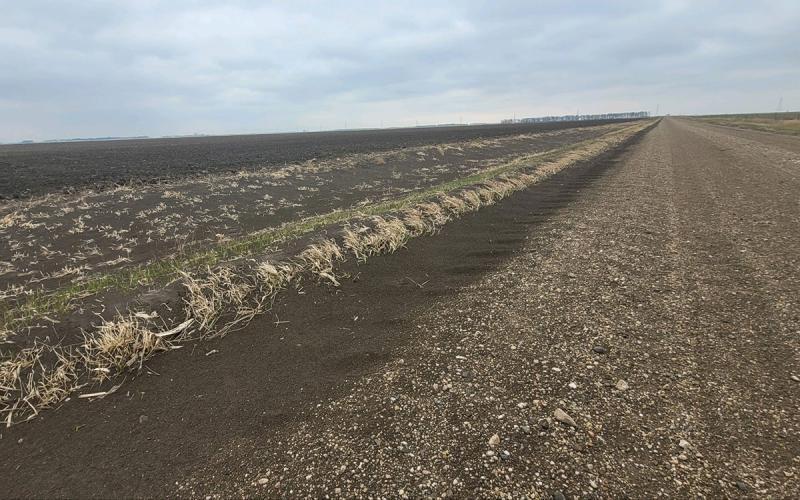
The Costs of Erosion: Topsoil’s Role in Food Security
The thin layer of topsoil covering our earth sustains almost all of the life we know. Learn some answers to common questions about protecting it from erosion.
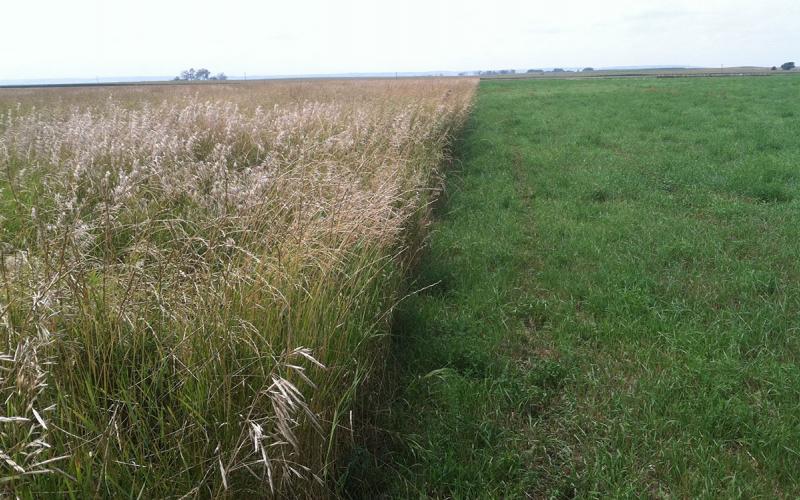
Grassland Fertilization: Exotic Grass Planting Case Studies - McPherson and Jerauld Counties
Our previous installment of this series discussed the effects of fertilization on native grassland plantings. This last installment addresses the options for fertilization on low-diversity exotic grassland plantings.
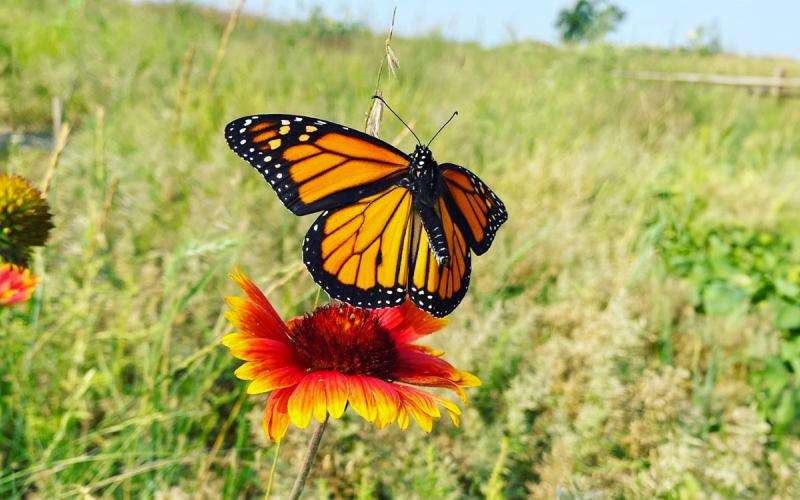
SDSU Extension to host Backyard Natural Resources series
May 01, 2025
South Dakota State University is pleased to announce the second year of its virtual Backyard Natural Resources series on May 6, 8, 13 and 15, 2025.